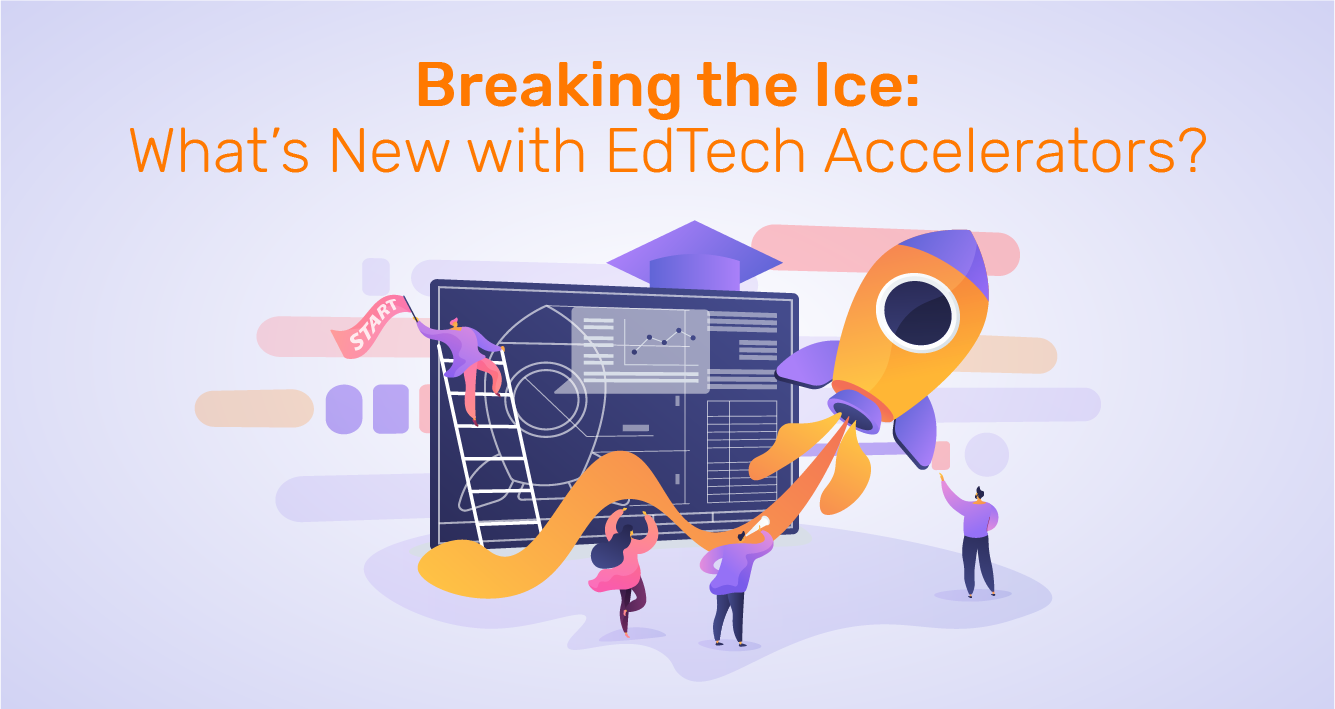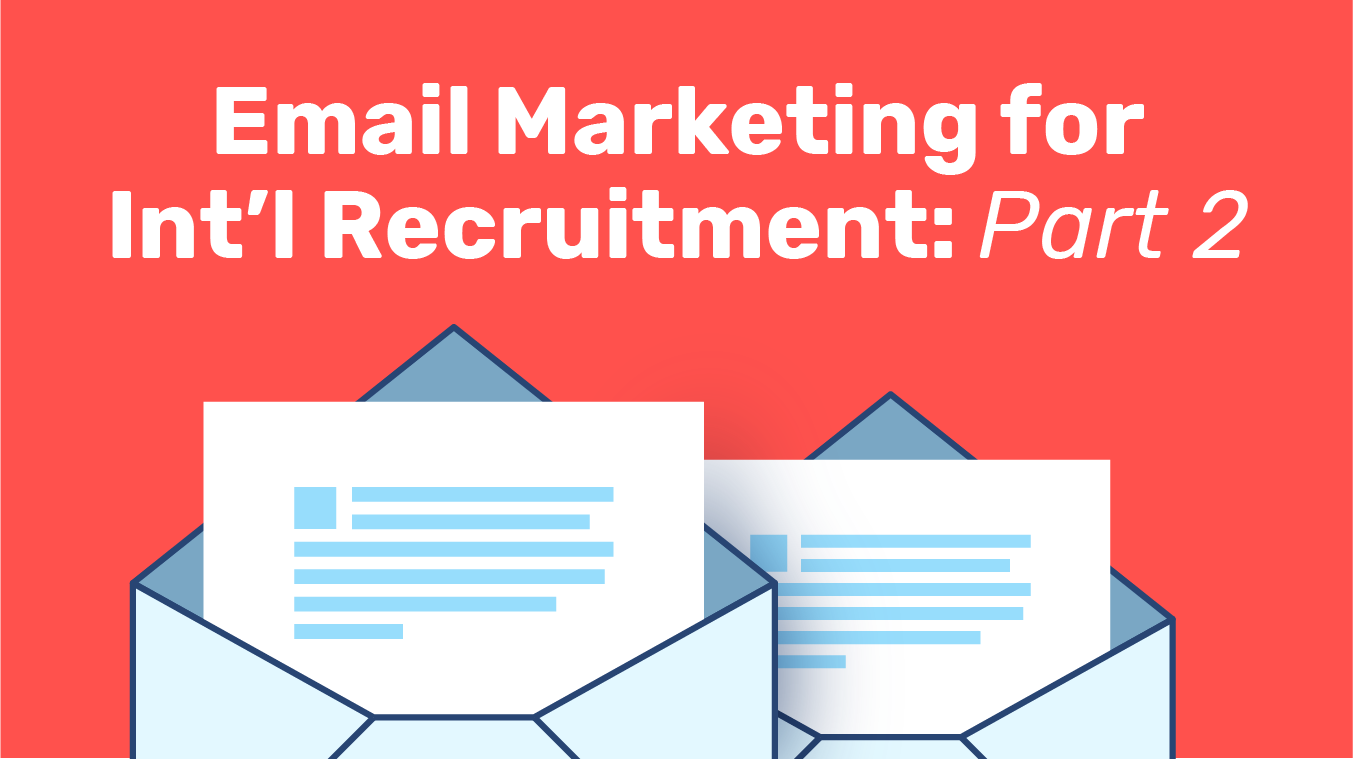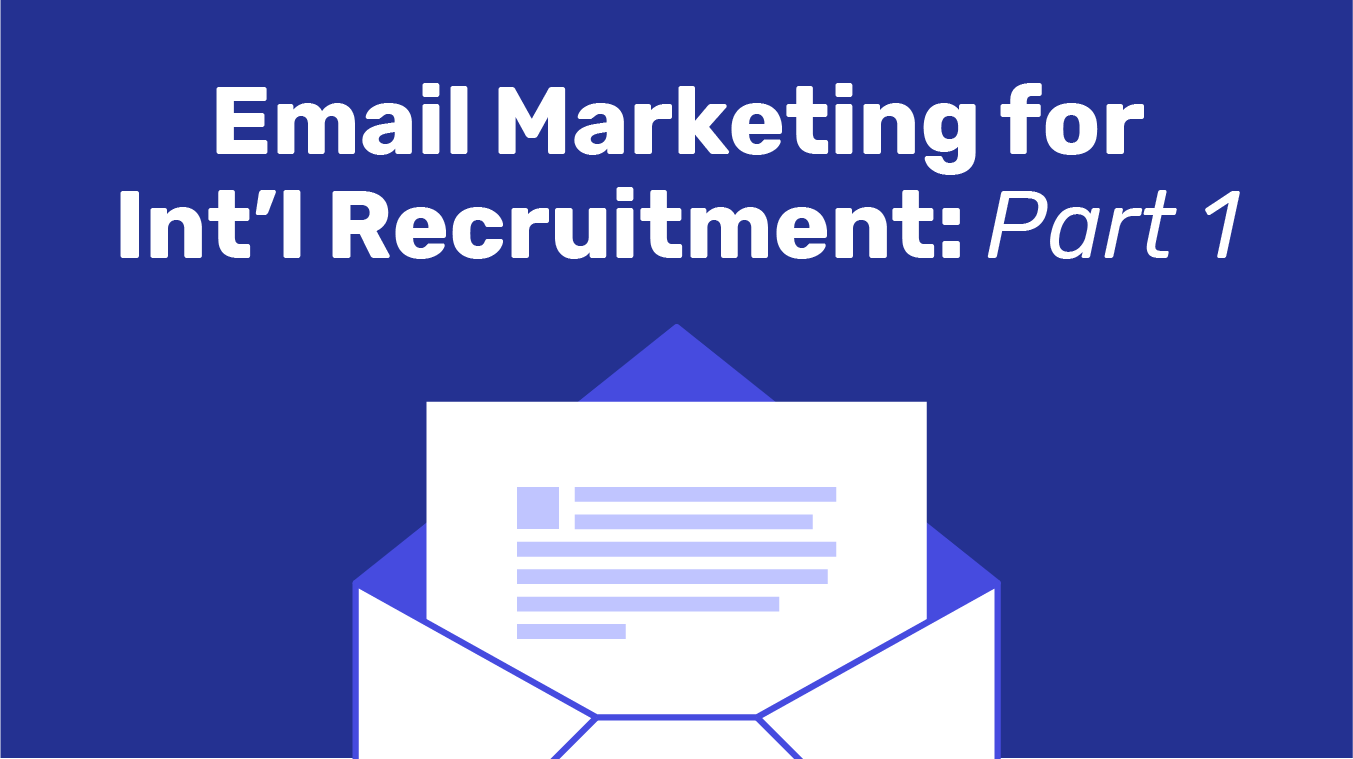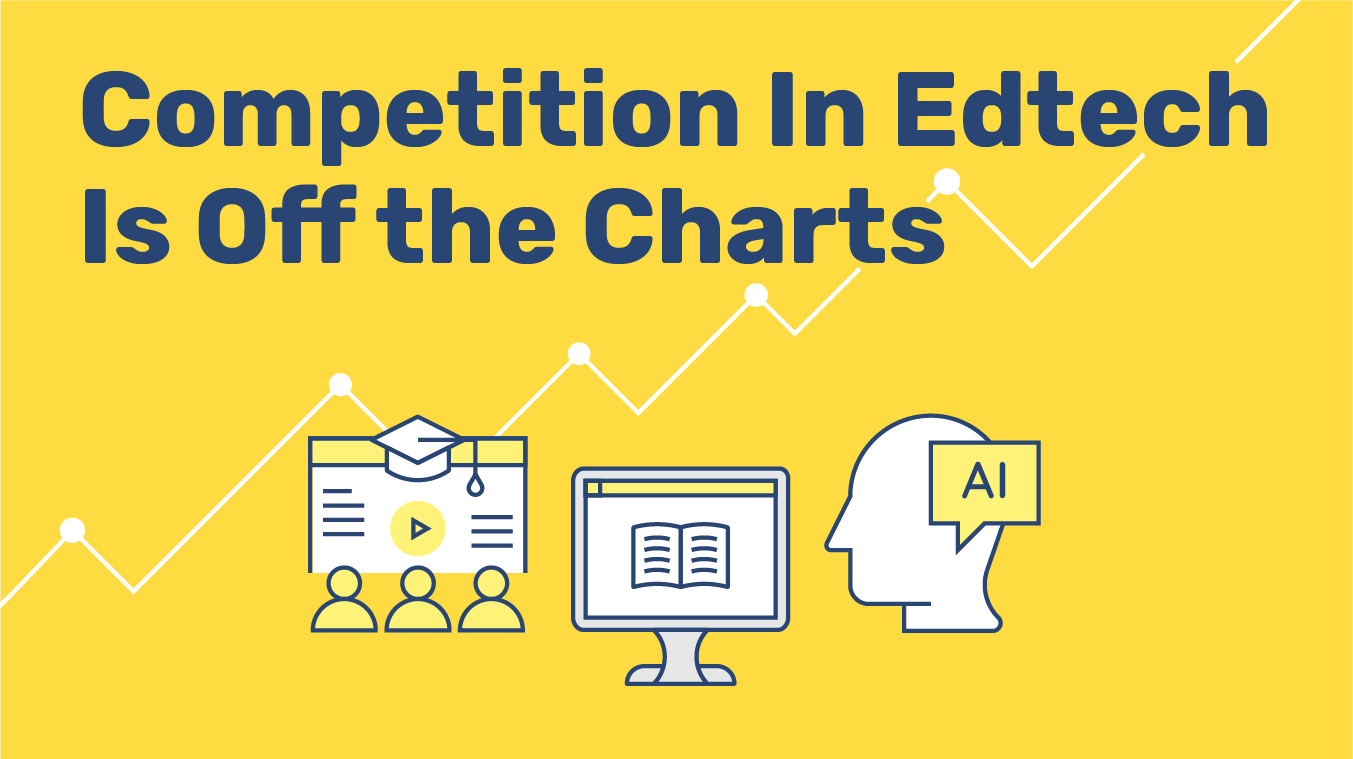Whether you refer to it as a series of engagement streams, workflows or nurturing campaigns, we all know that email is still one of the key channels to stay connected with prospective students throughout their decision-making process. If they have demonstrated interest in you, they will read your emails. And the opposite is also true: If they have not demonstrated interest in you, they will not read your emails.
With our client work, we focus on the quality of the leads over the quantity. You should too.
Important Note: If you are reading this blog when delivered, this morning is the last chance to register for our Intead Plus Webinar: Artificial Intelligence for Higher Ed Explained. March 28 at 1pm EDT. Ben and Ashish Fernando, CEO of iSchoolConnect, will discuss online behavior and technology trends, as well as case studies that will help you understand the role AI can play in optimizing student recruitment and retention.
Register For The Webinar
Intead Plus subscribers will have exclusive access to the webinar recording after the fact (so you can share it with colleagues who are unable to attend).
But let's get back to email marketing.
If you’re like many academic institutions, you may have long standing email workflows with hundreds of automated emails structured to go out to unique audiences on a weekly basis. Many other admissions teams do not have the resources to establish this system. Either way, maybe it’s time to ask: could your email marketing program use a refresh? We’re betting the answer is yes.
If that seems insurmountable, bear with us. We will be giving some quick tips throughout that you can use to make some small, effective changes to your current workflows. You can move beyond having just one or two email nurturing campaigns that go out to everyone, regardless of their interests or geographic location. You can segment your audience effectively.
On the other hand, if you’re a one-person team or a small office looking to implement an effective email marketing strategy, you will have your work cut out for you… but that’s why you’re here! We will give you an overview of key concepts to consider and walk you through the process, step by step (we'll do it over 2 blog posts so as not to overwhelm -- and by now, your should be entertaining the thought, "Who else on my team should I be forwarding this blog post to...?" We encourage that thinking.)
Email marketing at the institutional level can be complex, to say the least. But this week we will help you break it down into a few key principles that will help you write (or edit) emails quickly and efficiently, while ensuring that the content will stand a strong chance of resonating with your desired audience.
Let’s get started.
Read More









